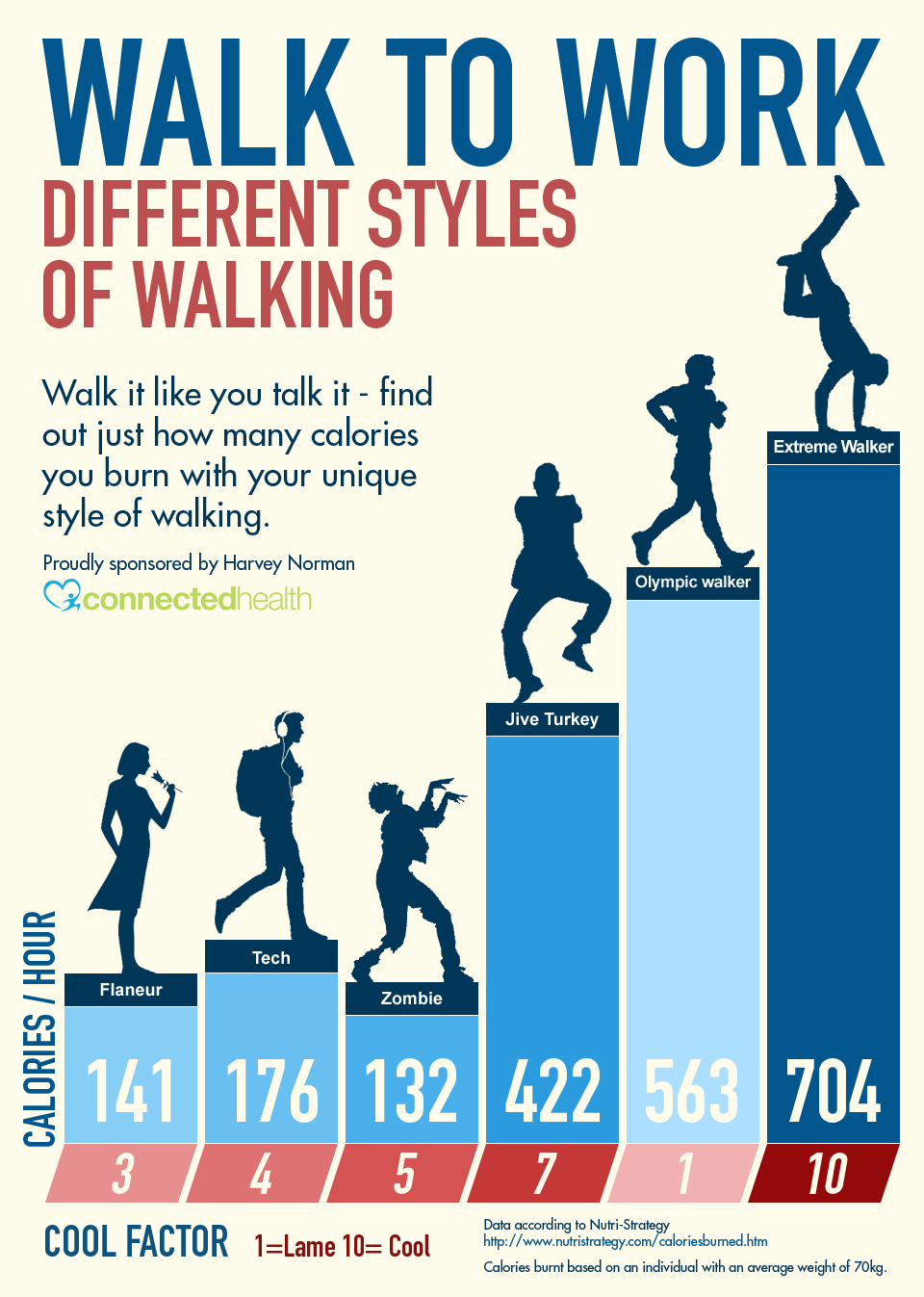Daily Walking is a low-cost and effective form of exercise. By adding about 30 minutes of walking into your daily schedule, you can help improve conditions such as high cholesterol or blood pressure, muscular stiffness and even diabetes.
Why Walk?
Starting a daily walking routine can be a great way to improve your overall health and well-being. Walking is a low-impact exercise that can be easily incorporated into your daily routine, and it offers numerous physical and mental benefits. Here’s a step-by-step guide on how to start walking daily:
1. Set a Goal: Begin by setting a clear goal for your daily walking routine. Determine how long you want to walk each day or how many steps you aim to take. Setting a goal provides motivation and helps you track your progress.
2. Choose the Right Time: Decide on the best time of day for your walks. Select a time that fits your schedule and energy levels. Some people prefer walking in the morning to kickstart their day, while others find it more convenient to walk during their lunch break or in the evening.
Consistency is key, so choose a time that fits into your daily schedule.
3. Plan Your Route: Identify a safe and pleasant walking route in your neighborhood or nearby park. If you enjoy scenic views, a nature trail might be ideal. Alternatively, walking around your neighborhood can be just as beneficial. Having an appealing route can make your daily walks more enjoyable and motivating.
4. Wear Comfortable Shoes: Invest in a good pair of walking shoes that provide proper support and cushioning. Wearing comfortable footwear is essential for preventing injuries and ensuring a pleasant walking experience. The right walking shoes can make a whole lot of difference to how you move and feel.
What to look for in the right walking shoes
- Stability: The right pair of shoes give you good stability and cushioning throughout the range of movement of walk.
- Flexibility: Your walking shoes should provide with an easy push-off phase.
- Comfort: The shoe should fit adequately, especially around the heel and the mid-foot, with some room for toe off in the forefoot.
- Check any of these on amazon.
5. Warm Up: Before you start your walk, perform a brief warm-up to prepare your muscles and joints. Stretching and doing some light exercises, such as leg swings or high knees, can help prevent injuries. Warming up helps prevent injuries and prepares your body for exercise.
6. Start Slowly: If you are new to walking or exercise in general, begin at a comfortable pace. Avoid pushing yourself too hard initially, as it may lead to burnout or injuries. Gradually increase your walking speed and intensity over time.

7. Track Your Progress: Use a fitness tracker or a smartphone app to monitor your daily steps and progress. Keeping track of your achievements can be a great motivator to stay consistent with your walking routine.
8. Recruit a Walking Buddy: Consider inviting a friend, family member, or coworker to join you on your walks. Having a walking buddy can make the experience more enjoyable and provide mutual encouragement.
9. Stay Hydrated: Bring a water bottle with you during your walks, especially on hot or sunny days. Staying hydrated is crucial for maintaining energy levels and preventing dehydration.
10. Make it Enjoyable: Listen to music, podcasts, or audiobooks while walking to make it a fun and engaging experience. Enjoying your time while walking can help you stay motivated and look forward to your daily walks.
11. Be Consistent: Consistency is key to making walking a daily habit. Aim to walk at the same time each day, and try to stick to your schedule even on busy days. Treat your daily walk as an essential appointment with yourself.
12. Celebrate Your Achievements: Celebrate each milestone you achieve on your walking journey. Whether it’s walking consistently for a week or reaching a specific distance goal, reward yourself for your efforts.
Walking is a form of self-care, and the benefits go beyond physical health. Walking daily can also help reduce stress, improve mood, and boost overall well-being. Remember, consistency is the key to developing a habit. Embrace walking as part of your daily routine, and soon it will become a natural and enjoyable part of your day. Always consult with a healthcare professional before starting any new exercise routine, especially if you have any underlying health concerns. Happy walking!
